Popular games for collection Breakout
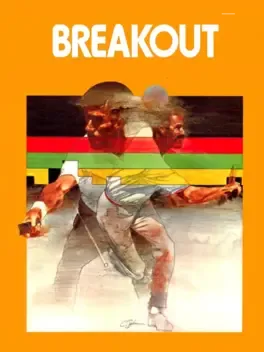
The objective of the game is to destroy a multilayered wall of bricks at the top the screen. Upon hitting the bricks with a ball which bounces off of a paddle at the bottom of the screen the bricks are destroyed. If the player misses the ball with his horizontally moveable paddle the ball is lost. After loosing five balls the game is over.
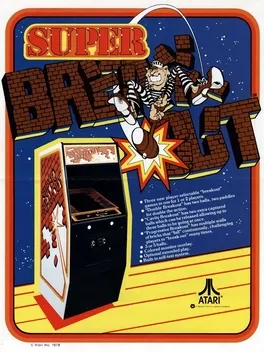
Super Breakout is an arcade game released by Atari in 1978. It utilizes a Motorola M6502 (running up at 375 KHz) and, as the name suggests, is the sequel to Breakout, which was released two years earlier. There are three different modes to choose from: Double Breakout, the playfield for which contains in fifty-two orange blocks (5-14 points), fifty-two green blocks (1-6 points), two paddles and two balls, Cavity Breakout, which contains in forty-four orange blocks (7-21 points), and fifty-two green blocks (1-9 points), one paddle, and three balls (the second and third of which have to be freed before they come into play) and Progressive Breakout which contains fifty-two blue blocks (7 points) and fifty-two green blocks (5 points), one paddle, and one ball - and the blocks shall be lowered down towards the paddle, at a rate determined by the number of times the ball lands on your paddle, but as the ball destroys them, additional rows of blocks shall appear at the top of the screen and be lowered down towards the paddle at an increasing rate. This is also the only mode for which it's possible for a player to receive an infinite amount of points by playing, but the score display shall roll over at 10000.
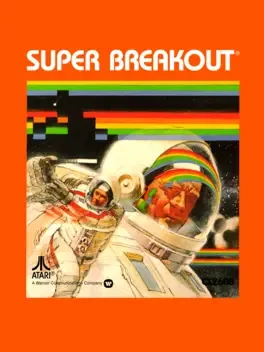
Atari 2600 port of Super Breakout. In Super Breakout, there are three different and more advanced game types from which the player can choose: Double gives the player control of two bats at the same time—one placed above the other—and two balls. Losing a life occurs only when both balls go out of play, and points are doubled while the player is able to juggle both balls without losing either. Cavity retains the single bat and ball of Breakout, but two other balls are enclosed on the other side of the wall, which the player must free before they, too, can be used to destroy additional bricks. Points are increased for this, but triple points are available if the player can keep all three balls in play. Progressive also has the single bat and ball, but as the ball hits the paddle, the entire wall gradually advances downwards step by step, gaining in speed the longer the ball lasts in play.

Twist on the classic Breakout game involving a rabbit freeing his friends from an animal testing lab.
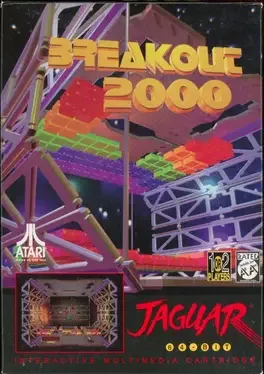
SMASH! POW! CRUNCH! Is your hand/eye coordination up to demolishing field after field of bricks? Breakout 2000 brings back the nostalgia of early gaming days but adds 90's challenges, such as a three-dimensional field and bricks that resist breaking, as well as many powerups and hazards. You can also test your skill against a buddy. Break through your own wall and start working on his. You'll gain bonus points, and he'll go nuts! Who ever said life was fair never played Breakout 2000.
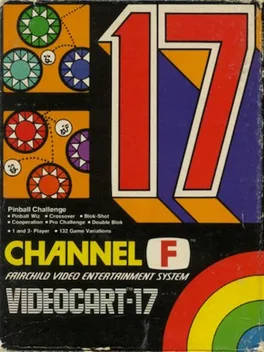
Although the title of the game may lead players to believe it's a pinball game, this is actually a Breakout variant. The basic gameplay features the player bouncing a ball off of a paddle into a wall of bricks, chipping them off one brick at a time. Each brick destroyed earns the player points with the low green bricks being worth 1 point each, the middle blue bricks being worth 4 points each, and the red bricks on top rewarding 7 points each. Once the ball bounces off the wall of bricks, it's up to the player to maneuver the paddle under the falling ball in order to hit it back up into the wall of bricks. The player loses a life if he happens to miss hitting the ball with his paddle and it falls into the abyss. The game ends when 7 balls are lost. To keep up with the pinball motif, the wall of bricks are referred to as different colored skill lanes, the walls on the side that the ball can bounce off of are labeled side rails, and the paddle is referred to as a flipper. The game offers 132 game variations of this basic gameplay idea, some of them for two simultaneous players. Game modes include Pinball Wiz, Crossover, Blok-Shot, Cooperation, Pro Challenge, and Double Blok, with each having variations that can include different sized paddles, ball speeds, invisible bricks, and even a variation where the paddle shrinks each time it hits the ball. This preprogrammed cartridge plugs into the console of the Fairchild Video Entertainment System for more TV fun. Pinball wizards get ready for a real tilt. You'll flip over these 132 game variations for 1 and 2 players.

Arkanoid-ish Breakout game for iOS.
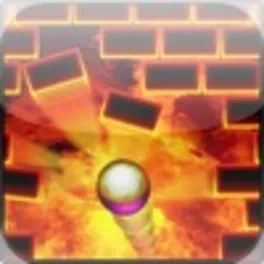
With two adjectives, it's got to be good!
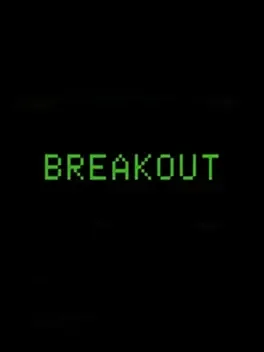
When the first fully-assembled Apple II systems began shipping in June 1977, a single tape cassette was included, containing demonstration programs written in Integer BASIC by Steve Wozniak. Notably, one side of the tape held the first Apple II version of Breakout, inspired by Wozniak's own work on Atari's blockbuster arcade game of the same title.
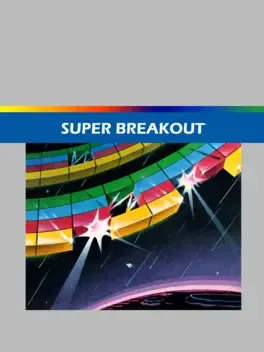
Atari 5200 port of Super Breakout.

Breakout is back! In this neon-drenched take on the classic, you’ll need to literally break through each puzzle by clearing bricks to breach the final goal. Rack up a combo and create spectacular light shows alone or with a friend.
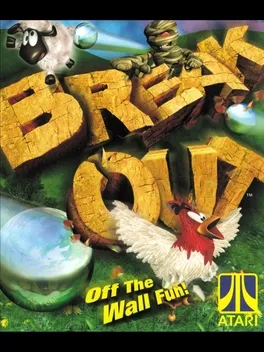
An updated remake of the 1976 Arcade classic of the same name, Breakout for the PlayStation dispenses with the simplistic lines and dots of the original game and adds power-ups, 3D interactive worlds, multiple levels (that must be unlocked) and, of course, a storyline. Only the basic objective remains the same: maneuvering a paddle to keep a ball in play so it can ricochet off a wall of bricks (or other items in this case), effectively eliminating the bricks from the playfield.